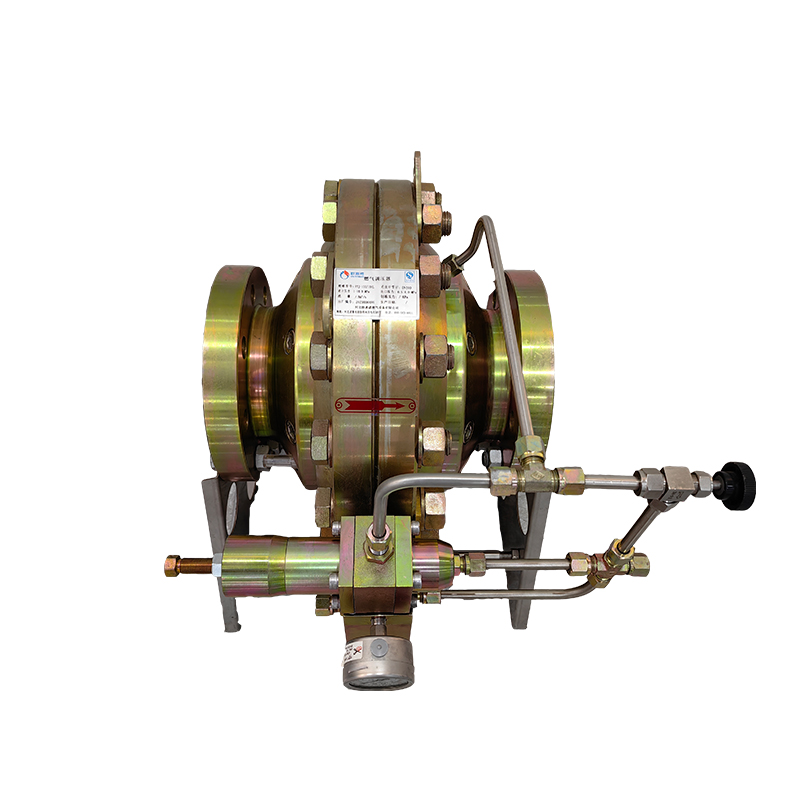
Jul . 29, 2024 03:46
Back to list
Pressure Reduction Device for Enhanced Efficiency and Safety in Industrial Applications
Understanding Pressure Reduction Devices Importance and Applications
Pressure reduction devices, commonly referred to as pressure regulators or reducers, play a crucial role in various industries where the control of pressure is essential for safety, efficiency, and system integrity. These devices are engineered to reduce the pressure of gas or liquid from a higher level to a lower level that is suitable for the equipment or application at hand. This article explores the significance, mechanics, and applications of pressure reduction devices.
The Importance of Pressure Reduction
In many industrial processes, maintaining optimal pressure is vital. Excessive pressure can lead to equipment failure, hazardous conditions, and even catastrophic incidents. For instance, in gas supply systems, high pressure can result in leaks, which pose safety risks. Similarly, in hydraulic systems, uncontrolled pressure can cause damage to machinery or injury to personnel. Pressure reduction devices mitigate these risks by ensuring the pressure remains within safe operational limits.
How Pressure Reduction Devices Work
Pressure reduction devices function through various mechanisms, the most common being the spring-loaded diaphragm design. In this configuration, a diaphragm responds to incoming high pressure and modulates it to a predetermined lower pressure. The adjustment is typically done through a mechanical screw or digital settings in advanced models, allowing operators to fine-tune the output pressure as needed.
.
Applications of Pressure Reduction Devices
جهاز تخفيض الضغط

Pressure reduction devices find a wide range of applications across different sectors
1. Natural Gas Distribution In natural gas utilities, pressure regulators are essential for delivering gas safely to residential and commercial customers. The gas enters at high pressure from the main supply line and must be reduced to a suitable level for use in appliances and heating systems.
2. Industrial Processes In manufacturing, pressure regulators control the pressure of air and gases used in pneumatic systems, ensuring tools and machinery function correctly. This regulation supports consistent production quality and reduces the likelihood of equipment malfunction.
3. HVAC Systems In heating, ventilation, and air conditioning (HVAC) systems, pressure reduction devices are vital for regulating refrigerant flow. Proper pressure management is essential for achieving energy efficiency and maintaining optimal temperatures.
4. Water Systems In municipal water supply systems, pressure reducers help manage the pressure in pipelines, preventing bursts and leaks. They also ensure that consumers receive water at safe and usable pressure levels.
Conclusion
In summary, pressure reduction devices are indispensable in ensuring safety, efficiency, and reliability across various industries. Their role in controlling pressure cannot be overstated, as they protect equipment, enhance operational efficiency, and minimize risks. As technology advances, we can expect to see even more sophisticated pressure reduction devices, incorporating smart technologies for enhanced monitoring and control. Understanding and utilizing these devices effectively is key to maintaining safe and efficient operations in any setting that relies on fluid pressure management.
Latest news
-
Safety Valve Spring-Loaded Design Overpressure ProtectionNewsJul.25,2025
-
Precision Voltage Regulator AC5 Accuracy Grade PerformanceNewsJul.25,2025
-
Natural Gas Pressure Regulating Skid Industrial Pipeline ApplicationsNewsJul.25,2025
-
Natural Gas Filter Stainless Steel Mesh Element DesignNewsJul.25,2025
-
Gas Pressure Regulator Valve Direct-Acting Spring-Loaded DesignNewsJul.25,2025
-
Decompression Equipment Multi-Stage Heat Exchange System DesignNewsJul.25,2025

